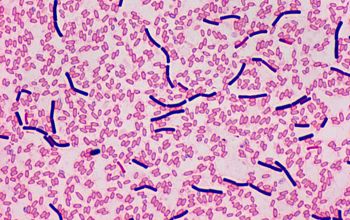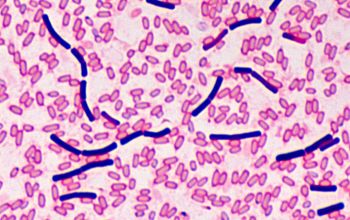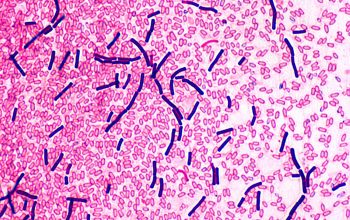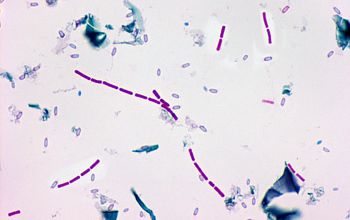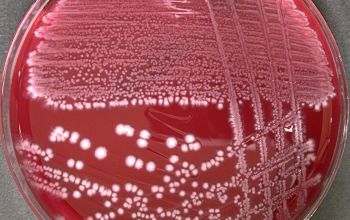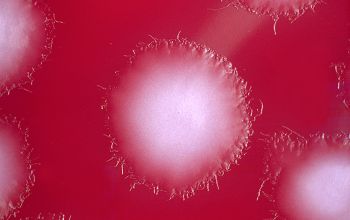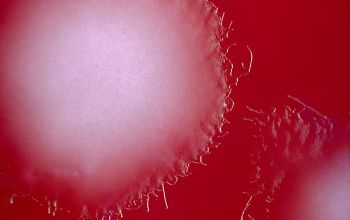Clostridium bifermentans (Paraclostridium bifermentans)
-
General information
Taxonomy
Family: Clostridiaceae
Genus: Paraclostridium bifermentans
Formely: Bacillus bifermentans
Natural habitats
Ubiquitous nature, due to their ability to form resistant endospores.
They are commonly found in soil, feces, sewage, and marine sediments.
Clinical significance
Clinical specimens including wounds, abscesses, and blood.
-
Gram stain
Large Gram positive rods,
0.6-1.9 x 1.6-11.0 µm,
with blunt ends, and have many free spores.
They occur singly, in pairs or short chains.
(resembling C. sordellii)
Spores oval / central or subterminal
Swelling of the cell negative
-
Culture characteristics
-
Obligate anaerobic
BBAØ: colonies are 0.5-4 mm, circular with irregular margins, flat or raised, lobate or scalloped, translucent or opaque, granular or slightly mottled, gray, shiny, and smooth.
Most strains are β-hemolytic
(resembling C. sordellii)
EYA: chalk-white colonies
-
-
Characteristics
- Gram-positive
- bacilli
- large-bacilli
- spores
- growth obligate-anaerobic
- bèta haemolysis
- catalase-negative
- oxidase-negative
- indole-positive
- urease-negative
- lecithinase-positive
- motility
- vancomycin-susceptible
- colistine-resistant
- beta-haemolysis-positive (most strains)
- EYA-chalk-white colonies
- lipase-negative
-
References
James Versalovic et al.(2011) Manual of Clinical Microbiology 10th Edition
Karen C. Carrol et al (2019) Manual of Clinical Microbiology, 12th Edition

